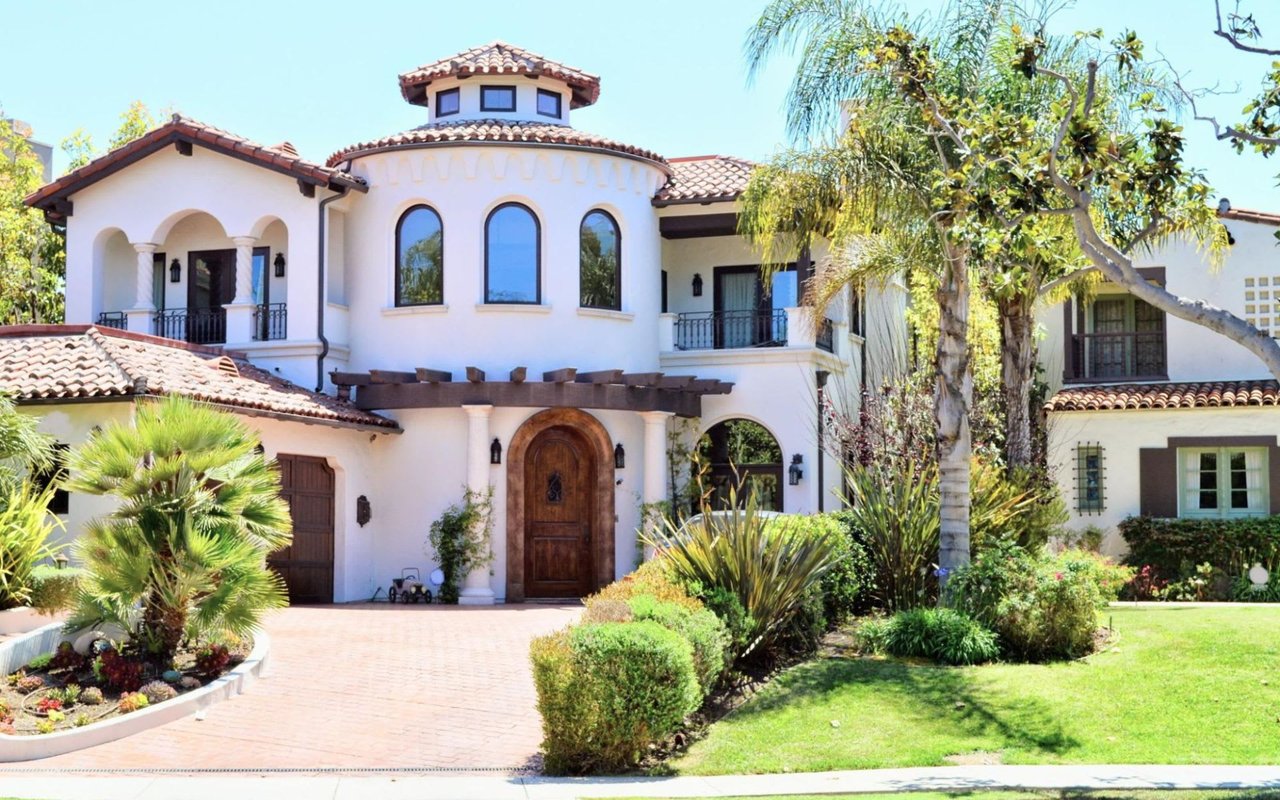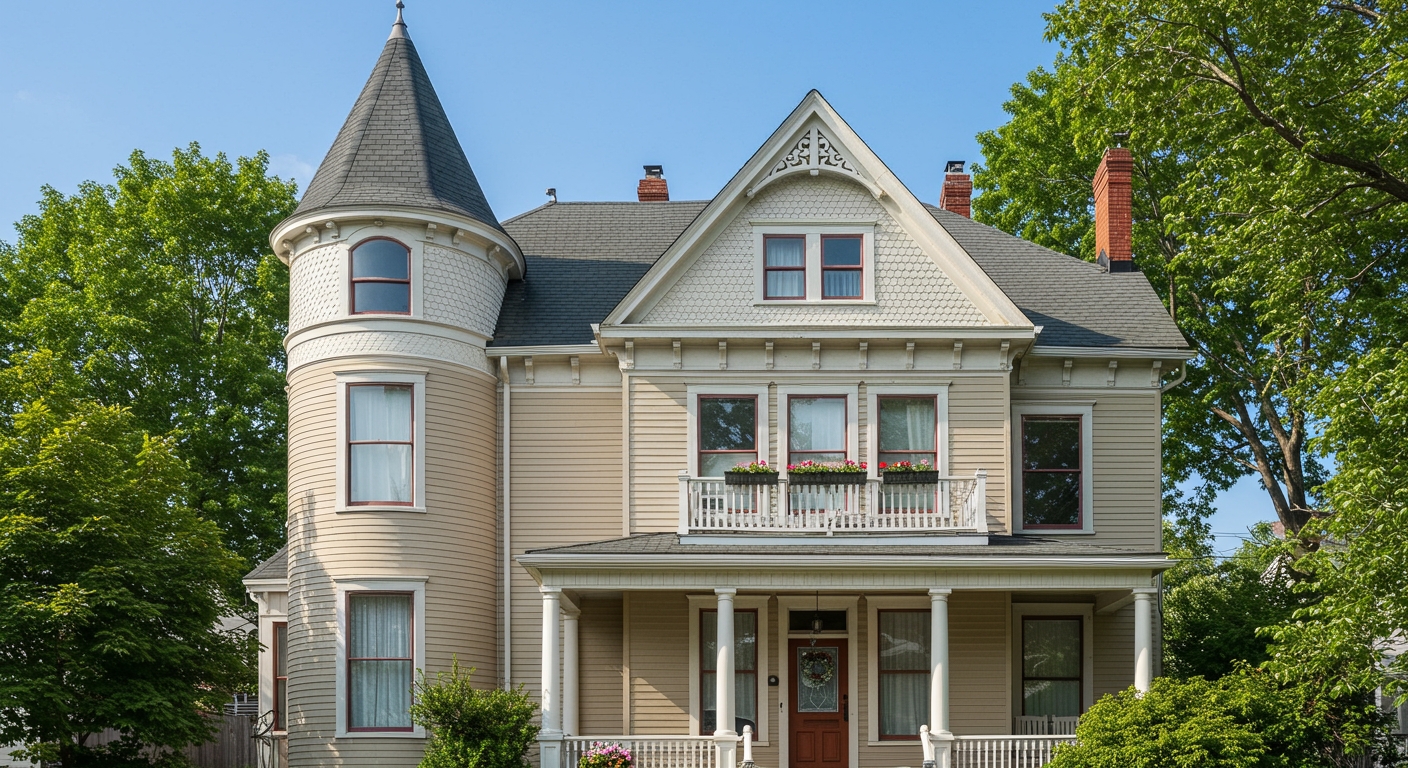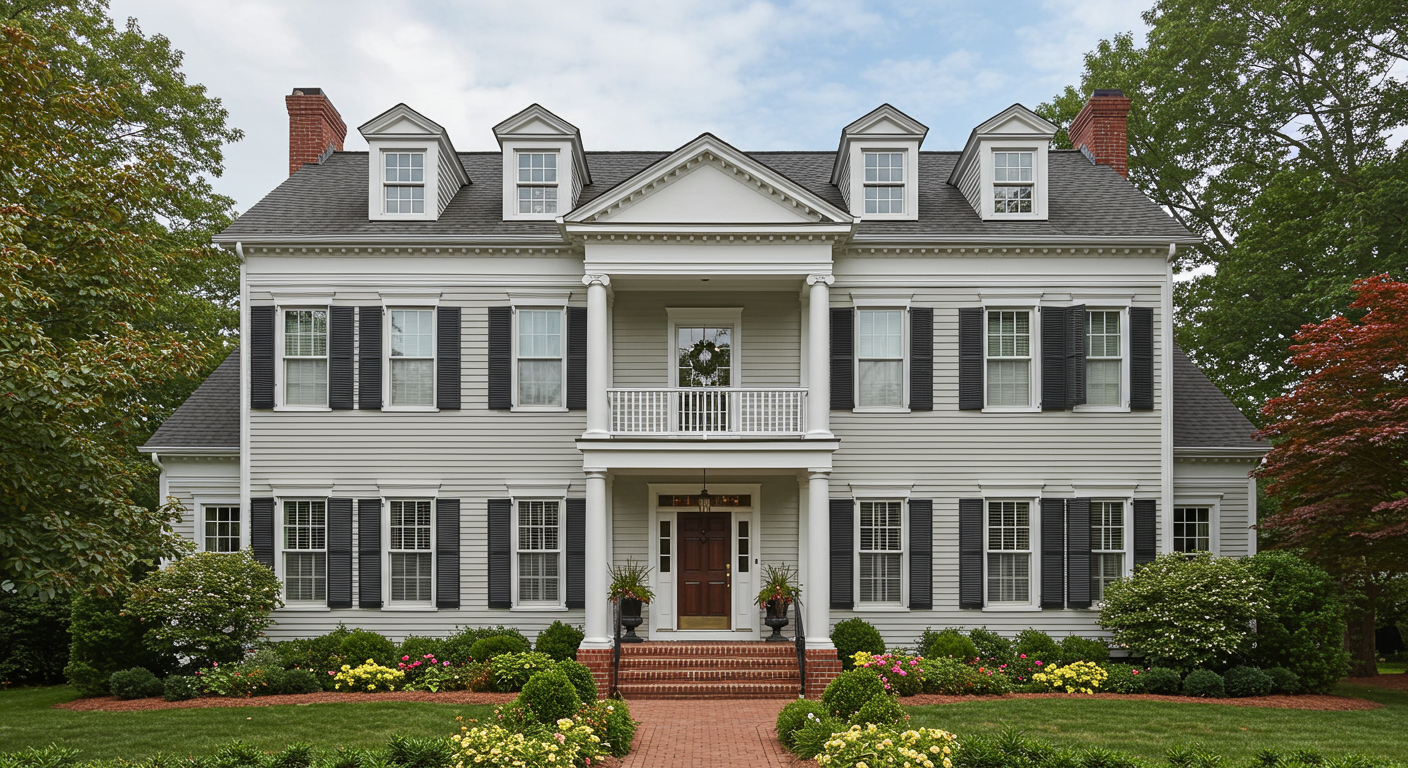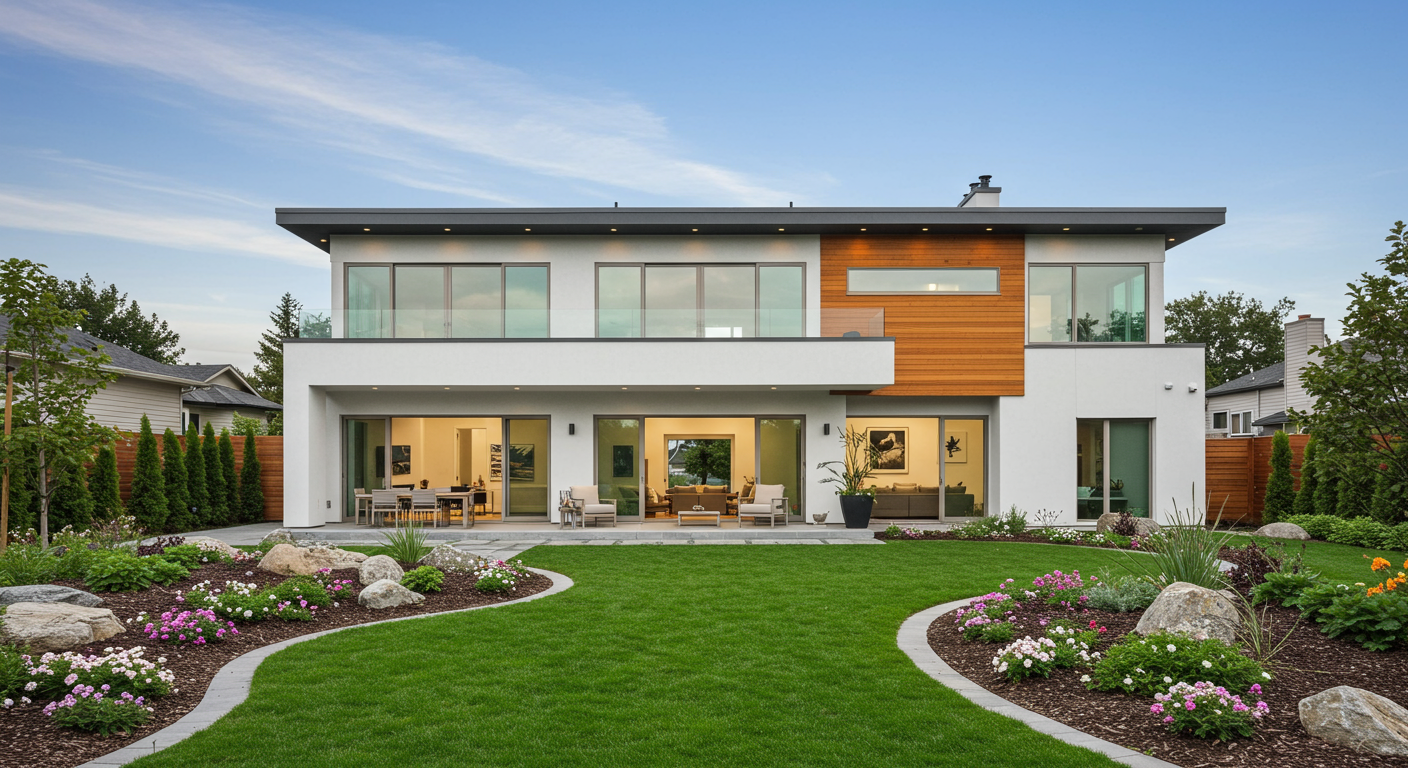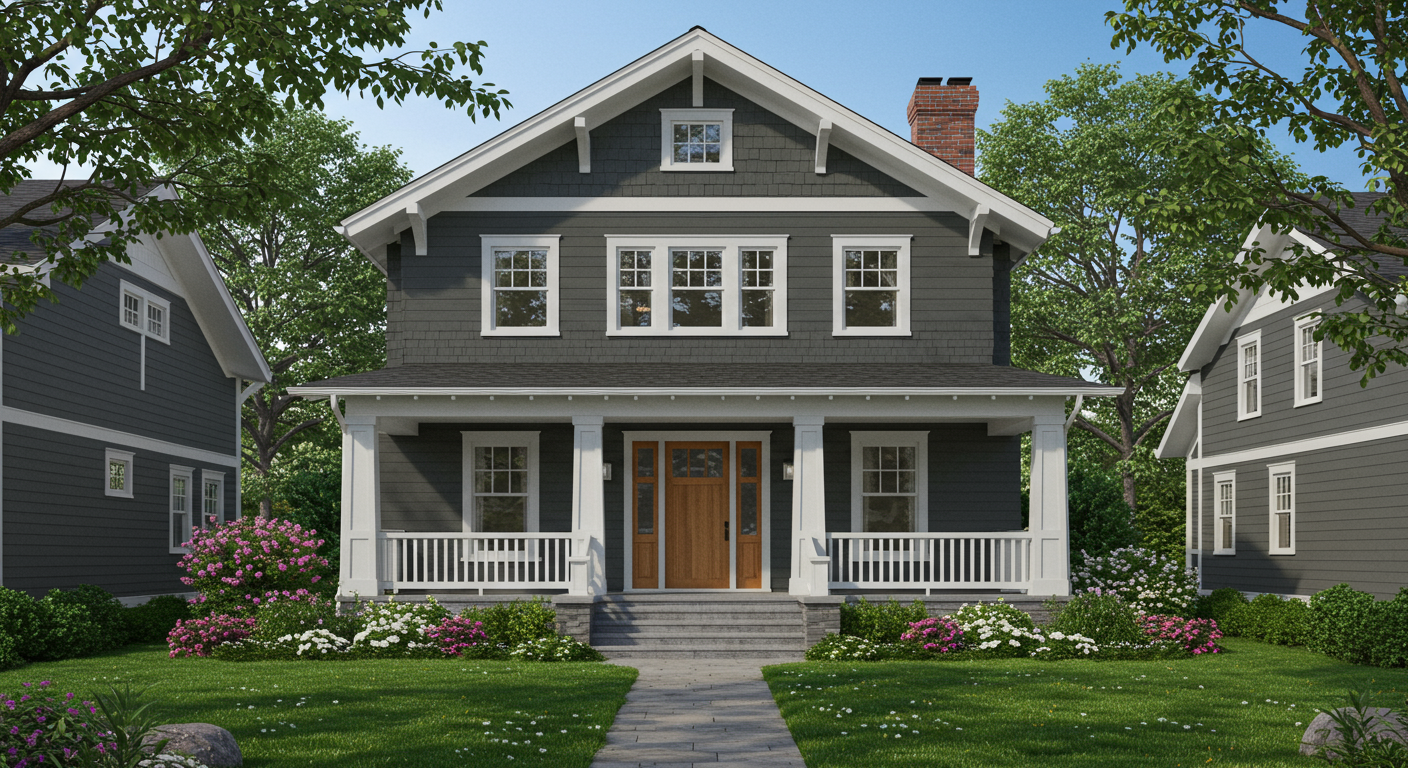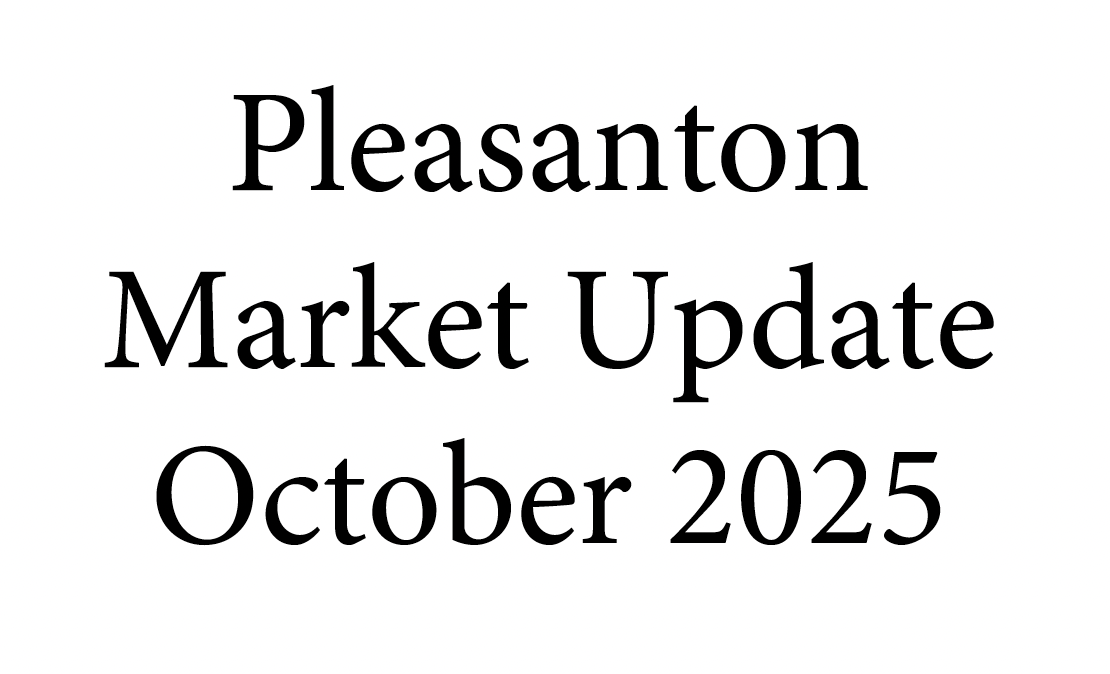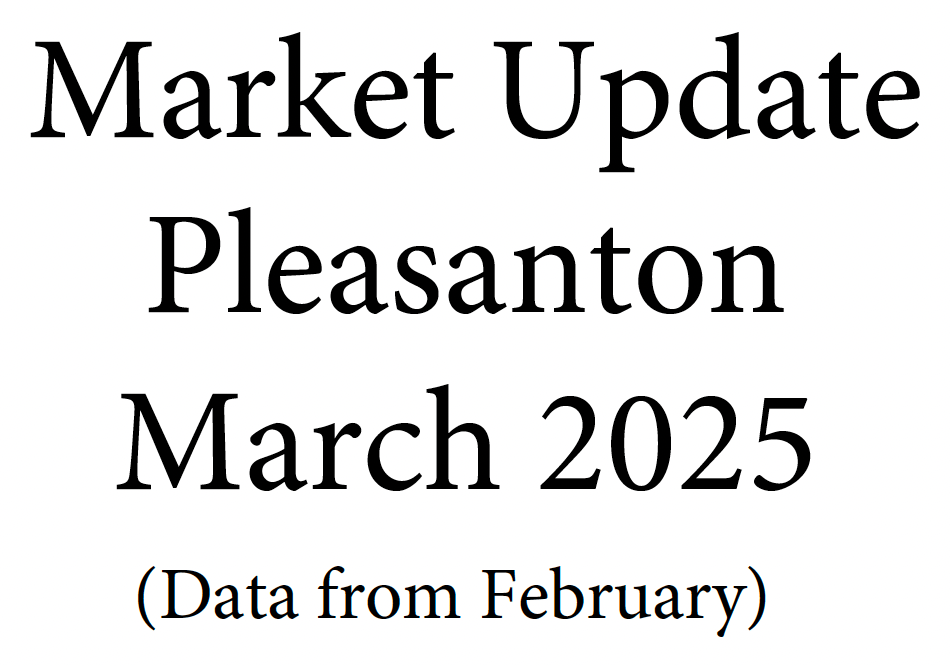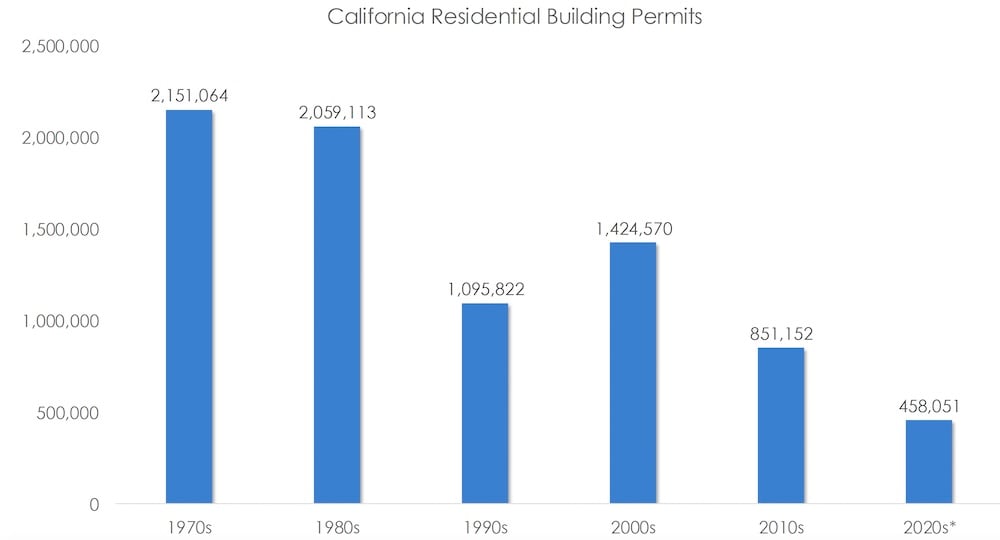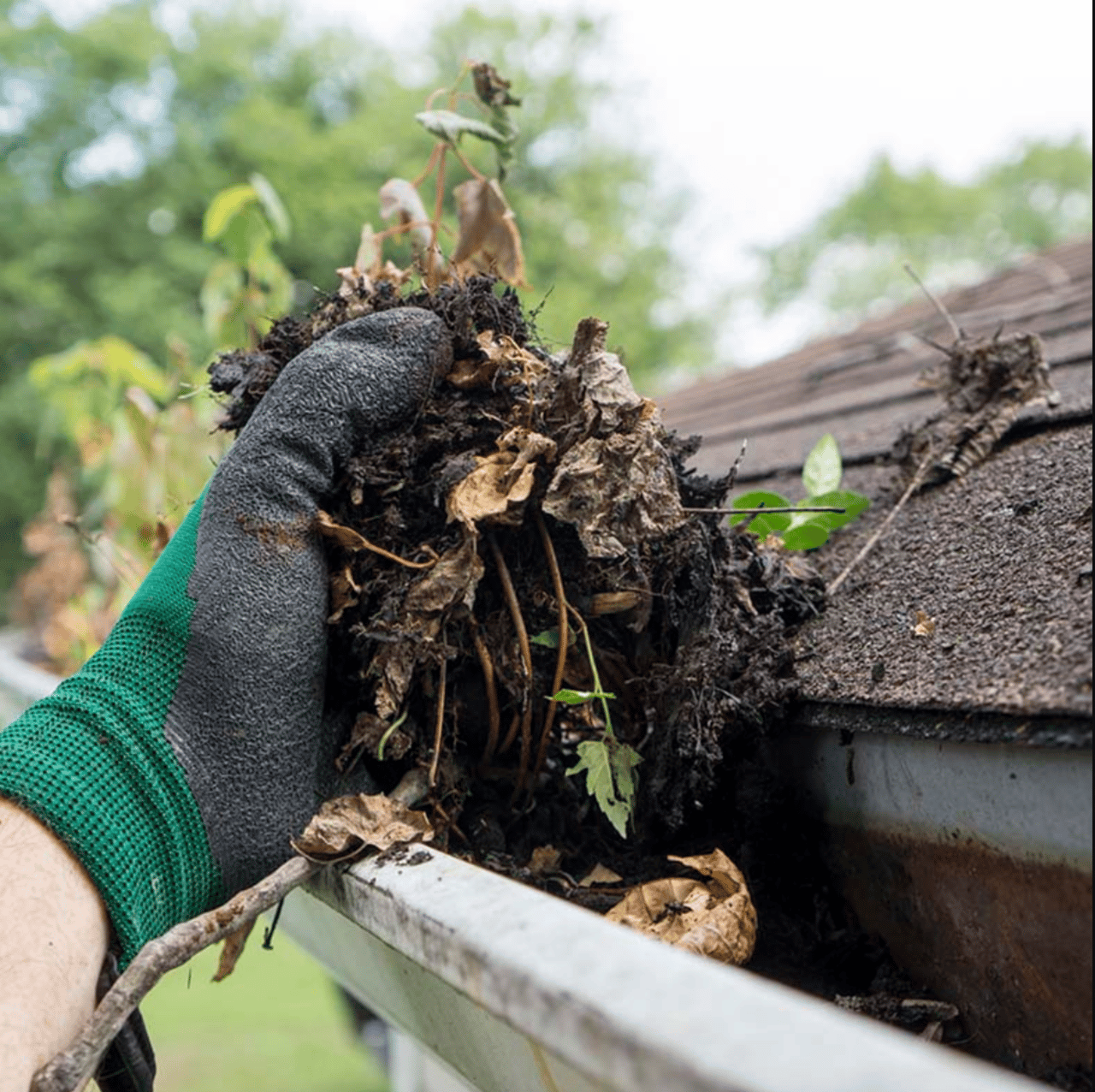Whether you know it or not, you likely have a favorite style of home. Architecture follows distinctive trends based on specific types. While you may not realize you like cottage features or colonial columns, you probably know certain features you prefer.
The style of a home is your first impression of it, setting the overall tone of the place. You may find certain home styles correlate with particular interior styles. Knowing how you want your home to look helps determine the kind of
home that fits you best.
Mediterranean homes
Mediterranean homes feature terracotta roofs with brick or stucco walls painted white. They often feature stone details, curved doorways, and metalwork. Look for embellished wood on windows, cabinets, and doors. The style is simple yet elegant, clean yet homey. Mediterranean homes often have open layouts for an airy feel.
It’s a style that favors bright natural colors with warm wood features. Cultivating indoor-outdoor living spaces is essential to the Mediterranean style. You’ll find large terraces melding into indoor living rooms. Traditionally the style involves closed-off smaller rooms, but some newer Mediterraneans shirk that tradition in favor of more open space.
Italianate Victorians
Photo courtesy of Shutterstock
Victorian homes are among the most famous styles of homes in the Bay Area. Several forms of Victorians exist, and the Italianate is the most common. They’re typically built of brick, wood, or clapboard and are two to four stories tall.
You’ll notice them by their subtly sloped roofs and gingerbread details on large eaves. Their ornate entryways are beacons for guests. Lining these homes are balconies and grand porches. While there may be some symmetry to the windows with their decorative trim, towers on one end or the other create an asymmetrical facade. The classic bay windows you likely associate with Victorians come from the Italianate tradition.
As a departure from earlier Victorian styles, the Italianate moved away from formal floor plans, allowing more versatility in their design. From the outside, the homes seem anything but informal. Iron gates and pressed metalwork decorate the homestead, and ornate gardens fill the grounds.
Victorian-inspired
Not every Victorian home you see in the valley or around the Bay Area is an authentic Victorian home. Many modern-day architects use Victorian homes for inspiration. These newer houses are made with modern materials but feature details such as the ubiquitous peaks of the Victorian roof line.
Victorian-inspired homes often use scallop-shaped shingles and ornately overhanging eaves. Gingerbread details may convince the passerby they’re looking at a real Victorian, but it’s likely the stone walls are veneers. Still, the homes have the classic asymmetrical design with complicated roof lines varying in height and texture. Awnings are a must, and stained glass windows are a bonus, but in some ways, modern details give these Victorian homes a leg up. You’ll find many bathrooms, much larger windows, and more open floor plans in the modernized twists.
Colonial-inspired
Photo courtesy of Shutterstock
California isn’t known for historical Colonial homes, but the classic design often influences area architects. Modern suburban houses call back to these beautiful homes with steeply pitched roofs, centered chimneys, and rectangular, symmetrical designs. The homes are typically two to three stories, with double sash windows lining each side.
They’re classic homes with traditional designs and simple suburban house exteriors. You’ll find the shared living spaces on the first floor and bedrooms on the second and third. In some cases, an attached garage to one side of the house creates a light asymmetry to the design, but otherwise, you could fold these homes in half, and everything would perfectly match.
Contemporary homes
Photo courtesy of Shutterstock
Living in a contemporary era, one must know about contemporary homes. They’re known for curved lines and rounded forms, moving away from sharper angels of past styles. They’re known for their open floor plans and exist in a free state — they could be boxy, shaped like a triangle, or in another form altogether.
Contemporary houses tend to have many large windows and conscientious crafting — often made from environmentally thoughtful building materials and green roofs adorned by solar panels. The gardens may be edible or populated by local species, entering the house with green walls creating a seamless transition from inside to out. The technology in these homes surpasses more traditional or older styles, with several smart features, often including programmable LED lighting.
Spanish homes
Spanish homes are full of warm earth tones and open spaces inviting guests into the property. They are often beautiful two-story houses with minimalist and uniform facades. The texture of barrel roof tiles contrasts with smooth stucco walls.
Rounded entryways adorned by wood doors with wrought iron and metalwork mark the homes. Wood beams inside and out create an almost earthy vibe to these structures. Domed ceilings create grand airy spaces, and colored tiles bring them to life. You’ll find smooth stucco staircases inside and out. From the terrace to the backyard, outdoor spaces must be inviting and open, lined by arcades and with balconies perched over them.
Ranch homes
Photo courtesy of Shutterstock
Ranch homes are classic modern suburban houses. They spread out across quaint neighborhoods on quiet streets across the country. Typically, these single-story homes feature open planning where one space flows into the next.
They’re most commonly shaped in an L or a U, lined by large windows and sliding glass doors. Low-pitched roofs with wide eaves create simple rooflines. Built from brick, siding, vinyl, and other modern materials, they go for a no-fuss design. Outside, a patio or deck space is a must; garages are typical of ranch homes. Inside, bedrooms are separated from shared living spaces creating privacy in the open space.
Modern homes
Photo courtesy of Pexels
Modern homes are similar to contemporary homes, with a slightly more dramatic approach. They’re expressions of clean geometry in building form. You’ll notice them for their clean lines creating new angles and dynamic shapes. It’s all about natural lighting and materials such as wood, stone, or exposed concrete. Modern homes often borrow from minimalist modern Scandinavian and European designs.
Craftsmans or cottages
Photo courtesy of Shutterstock
Craftsman homes are quaint and cute yet ornate and beautiful. They go hand-in-hand with cottage homes, though there are a few differences. Cottage homes, for instance, are more likely to feature ornate stone fireplaces in the center. In contrast, craftsman houses typically have a large front porch tapered by columns.
They both love woodwork inside and outside, with exposed rafters and beams. Custom woodwork is beloved in these homes, often demonstrated through built-in shelving and seating. The houses tend towards painted wood siding, arched entryways, and charming little details sprinkled throughout the facade.
As you discern the right home style, it helps to find the right realtor.
Doug Buenz Group is a team of dedicated real estate agents eager to assist you in your cause. Work with an agent you trust who will use their vast resources to procure the best home for your wants and needs.
*Header photo courtesy of Shutterstock
